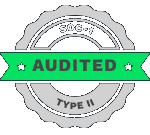Let’s be brutally honest: Your LLM project is most likely bleeding money right now instead of driving revenue.
Across US enterprises, CXOs are approving multimillion-dollar budgets for Large Language Model (LLM) initiatives—customer support bots, internal knowledge assistants, AI-driven research tools—with the promise of productivity boosts, cost reductions, and smarter decision-making. Yet, most of these project’s stall in the pilot phase or quietly get shelved after failing to show measurable ROI.
Table of Contents:
If you are thinking that the root cause is the LLM technology itself, here’s where you are completely wrong. The real culprit is how you are using LLM technology. No matter how sophisticated they are, LLMs are only as good as the data they can retrieve. Without a well-designed retrieval strategy, LLMs are likely to:
Deliver incorrect, outdated, or generic responses, forcing employees to fall back on traditional dashboards.
Ignore critical enterprise knowledge locked away in siloed databases, wikis, or document repositories.
To put it simply: LLMs without the ‘right retrieval strategy’ are nothing more than just high-paid interns trying to make guesses. The real discriminator is not which LLM you pick. It is how you connect it to your organization’s knowledge ecosystem—accurately, securely, and in real time.
Why CXOs Are Failing with LLM Implementations
The Top 3 Pain Points We Hear from US Enterprises
LLM initiatives across Fortune 500s and mid-market enterprises in the US are stalling. It is not technology that’s failing; it is the usage strategy that’s failing to meet expectations.
Here are the three recurring pain points we hear in almost every CXO conversation:
Hallucinations lead to compliance risks and brand damage. Your legal, financial, or healthcare teams can afford “creative” AI answers. A single hallucinated claim in regulated industries can trigger GDPR fines, HIPAA violations, or SEC investigations. When customer-facing bots give misleading or contradictory answers, trust erodes fast—86% of US consumers say they’ll switch brands after two bad support experiences.
Static LLMs can’t access real-time business data. Most enterprises deploy off-the-shelf or fine-tuned LLMs that operate in a knowledge vacuum, relying solely on what they were trained on months ago. For example, a supply chain manager asks – what is the current shipment status in Dallas? The LLM gives a generic answer, because it can’t query live logistics data.
Poor retrieval strategy for LLM means relying on old dashboards. Without an efficient retrieval layer, LLMs fail to find contextually relevant, enterprise-specific information. This leads to employees going back to the “old-school” manual document searches. As a result, it creates additional efforts, resulting in around a 25% increase in expenses.
The Bottom Line for CXOs
Without accurate retrieval, real-time data access, and enterprise-specific search, LLMs are doomed to remain expensive proof-of-concepts that your CFO will soon question.
The Business Impact You (CXO) Can’t Ignore
Investing in LLMs without the right retrieval strategy isn’t just a technical misstep—it’s a strategic failure that hits the very metrics CXOs are judged on: ROI, productivity, and operational efficiency.
Lost confidence among the executives means that LLM was a bad investment. Also, when LLMs consistently produce inaccurate, slow, or generic responses, executive trust erodes fast.
Here’s what we consistently see happening in US enterprises:
Siloed Knowledge = Low Productivity & High Training Costs
Without a retrieval strategy for LLM, CXOs cannot tap into internal knowledge bases, CRMs, or domain-specific documents—leaving critical information locked in silos.
Employee productivity drain: According to McKinsey, employees spend 25–30% of their workweek searching for information. If the LLM doesn’t bridge those silos, this inefficiency will persist.
Training cost spiral: When employees don’t trust AI outputs, manual verification becomes the norm, forcing companies to invest in additional training sessions and documentation updates just to keep teams aligned. Companies need to educate their employees on how AI applications can resolve their problems.
Customer Impact: Support teams continue to escalate simple queries to senior agents because the LLM can’t surface in a case-specific or historical context, leading to longer resolution times and poor customer satisfaction scores.
Stalled Projects Stuck in the Proof of Concept (POC) Phase
The majority of LLM projects in enterprises never move beyond pilot mode, not because of lack of interest but due to lack of tangible outcomes.
Operational reality: POCs designed without a retrieval-first approach fail to demonstrate measurable KPIs including accuracy, cost savings, and time reduction.
Budget freeze: CXOs struggle to justify scaling to production without hard ROI, causing AI funding to be reallocated to safer initiatives like traditional analytics or process automation.
Competitive risk: While your pilots stall, competitors with robust & advanced RAG (Retrieval-Augmented Generation) strategies are already deploying AI that cuts costs and accelerates decision-making, which widens the competitive gap.
The LLM Retrieval Strategy Advantage: Turning LLMs Into Business Assets
If your LLM feels more like a cost center than a growth driver, the missing piece is almost always retrieval. With the right retrieval strategy for LLM—Retrieval-Augmented Generation (RAG), vector databases, or hybrid search architectures, LLMs move from being “fancy chatbots” to high-ROI business tools.

What Retrieval Really Means for LLMs?
A retrieval strategy connects your LLM to real-time, trusted, enterprise-specific data sources. Instead of relying solely on what the LLM was trained months ago, retrieval ensures it pulls out the most relevant, current information before generating a response.
What Does an Ideal LLM Retrieval Strategy Mean for CXOs?
Fewer hallucinations mean fewer compliance nightmares.
Faster answers lead to higher employee productivity.
Live data access results in confident and revenue-driven decisions.
How Retrieval Tech Ensures Contextual Accuracy
RAG works best when powered by the right retrieval technologies. Here’s how they fit together:
Semantic Search
Understanding the meaning and not just relying on the keywords. Semantic search can “understand the intent” behind a question/query. The search result type would have the reasons as well as the sales data, rather than just a list of pages with the words revenue or drop.
Vector Databases
Housing the acquired knowledge in the form of meaningful patterns. Vector databases store data as embeddings which permit LLMs to search for similar concepts even if the exact words differ. For example, words like employee turnover and staff attrition are treated as related concepts.
Hybrid Retrieval
Hybrid retrieval combines both symbolic/keyword search and Semantic/vector search. This strategy allows the CXOs to use the best of both styles and types of retrieval strategies to avail more potential data for their LLMs.
Building the Right Retrieval Strategy for LLM: A CXO Checklist
LLMs don’t fail because of bad models; they fail because of bad foundations. Before you invest another dollar in scaling your LLM implementation, ask these strategic questions. The right LLM retrieval strategy isn’t just a tech decision—it’s a ROI decision.
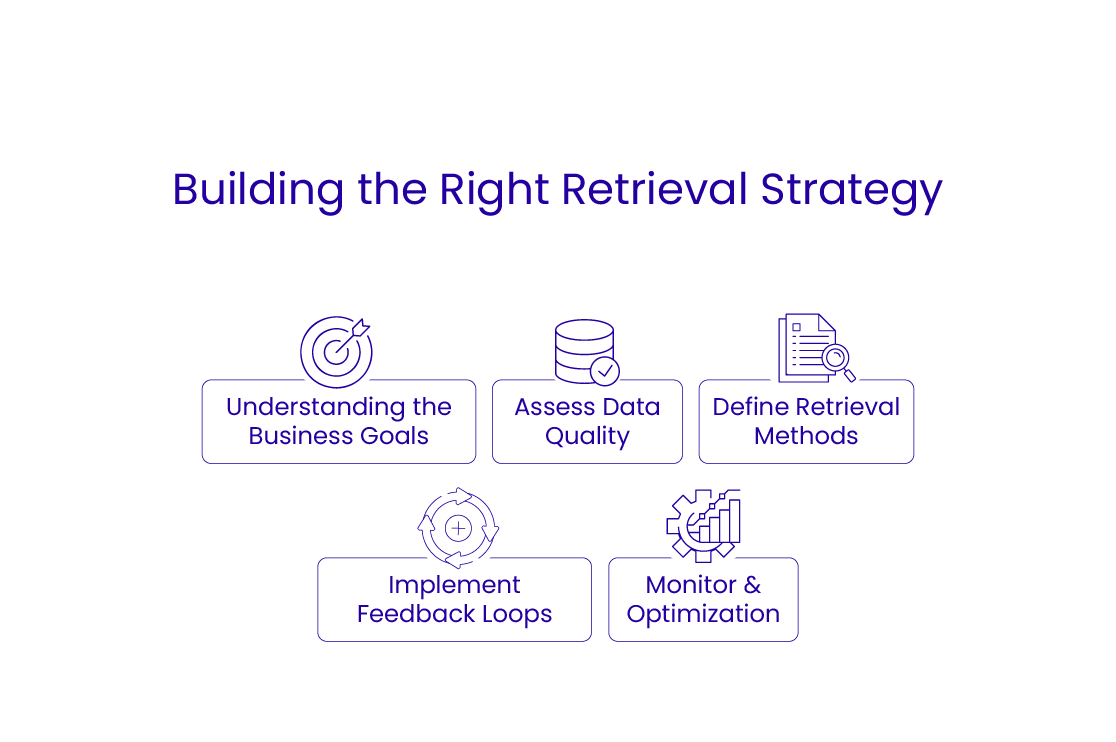
Strategic Questions CXOs Should Ask
Do we have a clean, well-structured knowledge base?
Retrieval is only as good as the data it pulls from. If your enterprise data is filled with duplicates, inconsistencies, or outdated information, the LLM is bound to cater the same chaos back to users.
As a responsible CXO, you should:
Focus on conducting a robust data quality assessment before deploying the LLM retrieval strategy.
Ensure critical documents are indexed, tagged, and version-controlled for accurate retrieval.
Allocate data agents to maintain ongoing data hygiene.
Which retrieval architecture suits us?
It is important to understand the fact that no two enterprises would need the same retrieval setup. Selecting the wrong LLM retrieval strategy might “kill” performance and inflate costs.
As a CXO, you need to consider:
What type of data do you have?
What type of understanding do you need for the LLM to have?
Do you have a mixed or single data environment?
Is your business highly regulated or domain-specific?
How Will We Secure Sensitive Data While Enabling Retrieval?
CXOs cannot afford incidents like data breaches or IP leakage, especially when retrieval is accumulating data from sensitive sources.
CXOs need to keep certain major security questions in mind:
Who can query which datasets?
Is data encrypted both at rest and in transit?
Can every retrieval query be tracked for compliance audits?
Are confidential sources properly segregated with stricter access policies?
Recommended Reading:
Conclusion
You didn’t invest millions in AI to get educated in guesses. Yet that’s exactly what most LLMs deliver when deployed without a robust retrieval strategy for LLM.
With a good LLM retrieval strategy in place, your LLM transforms from being a nice-to-have chatbot to a trusted decision-support system. As a CXO, you get measurable ROI, faster decisions, lower operational costs, and improved revenue opportunities.
If you are willing to explore the custom LLM development and integration services, you need to reputed and experienced organizations like BluEnt to fetch best ROI returns while staying a step ahead of your competitors on a real-time basis.
FAQs – CXO Questions Answered
Can I add retrieval to an existing LLM project without starting over?Yes, and you should. You don’t need to retrain or rebuild your LLM from scratch. A retrieval layer (RAG, vector search, or hybrid search) can be integrated on top of your existing LLM to give it access to real-time, enterprise-specific data. Adding retrieval can improve accuracy by 30–70% and boost user adoption rates, turning a stalled pilot into a production-ready tool.
What’s the best LLM retrieval strategy for financial or healthcare data?In highly regulated industries, you need accuracy, compliance, and explainability, along with speed. You can go with a combination of knowledge graphs & hybrid retrieval that’s ideal for explaining relationships; vector databases with strict RBAC which are suitable for searching across unstructured records like claims, medical literature, or financial reports, while ensuring role-based access control; and audit logging & encryption is compulsory to meet HIPAA, FINRA, and GDPR data governance and compliance.
How much does implementing RAG typically cost for an enterprise?Implementing a Retrieval-Augmented Generation (RAG) system for an enterprise can range from somewhere from $1,000 to $56,000,000 per year, depending on factors such as data volume, system complexity, and technologies used.
Do I need to replace my current AI stack to add retrieval?Not at all. Most modern retrieval solutions are model-agnostic and integrate seamlessly with existing LLMs, data warehouses, and enterprise tools. The key is to opt for the right connectors and middleware. A good retrieval strategy for LLM works as an add-on layer, not a full replacement, making it CFO-friendly and faster to deploy.
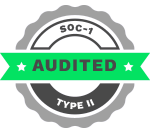











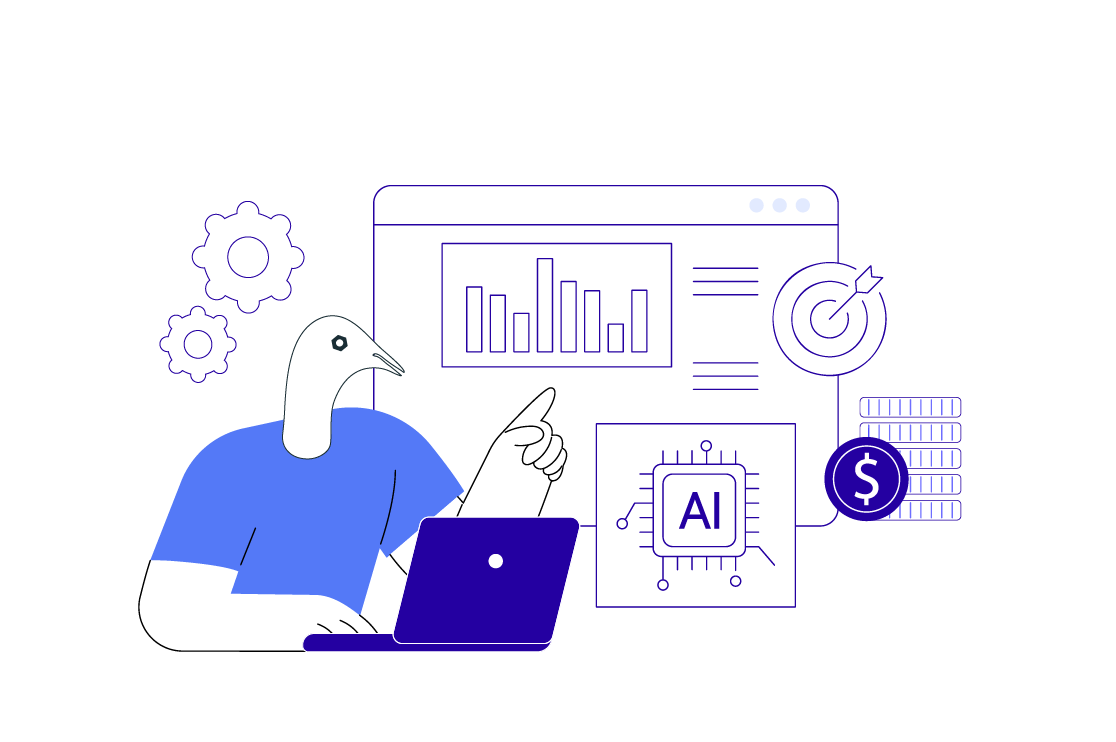
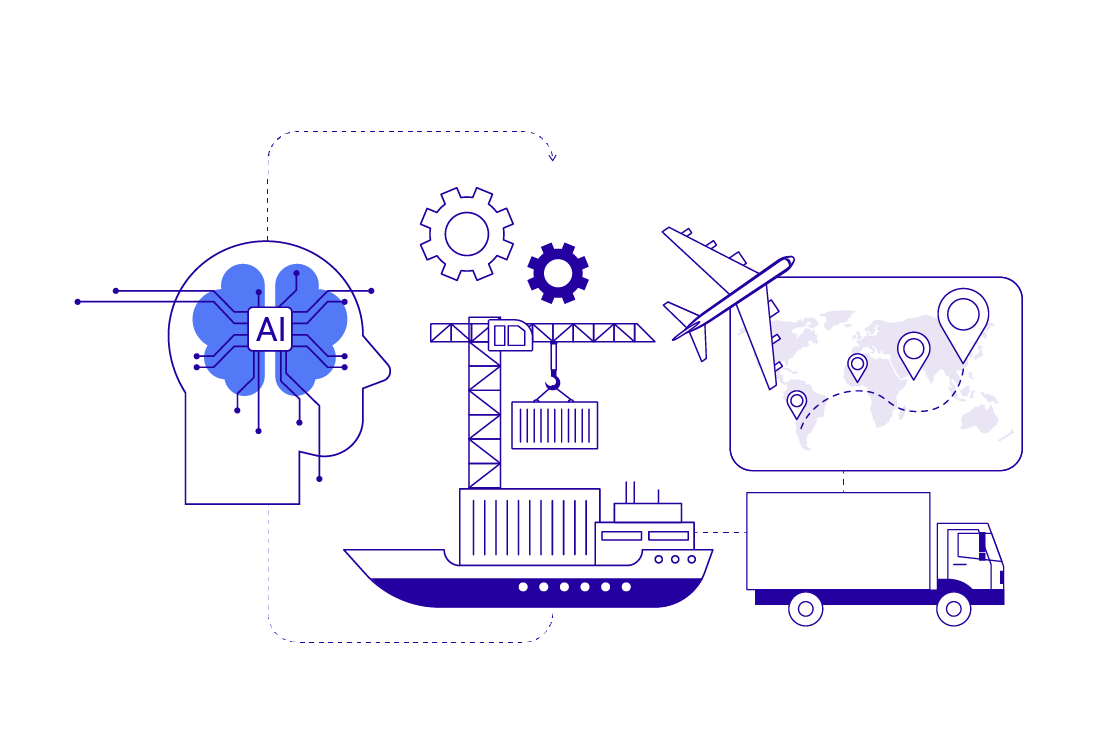 AI for Supply Chain Resilience & Optimization: Strategies for 2025 and Beyond
AI for Supply Chain Resilience & Optimization: Strategies for 2025 and Beyond  Generative AI in SAAS Products: How It is Drives Innovation, Personalization, & Businesses Strategy
Generative AI in SAAS Products: How It is Drives Innovation, Personalization, & Businesses Strategy  Snowflake AI Strategy: Bringing A New Dawn of Intelligence Enterprises
Snowflake AI Strategy: Bringing A New Dawn of Intelligence Enterprises  Snowflake Cortex AI: How Enterprises Can Scale AI Workflows with Confidence
Snowflake Cortex AI: How Enterprises Can Scale AI Workflows with Confidence 
